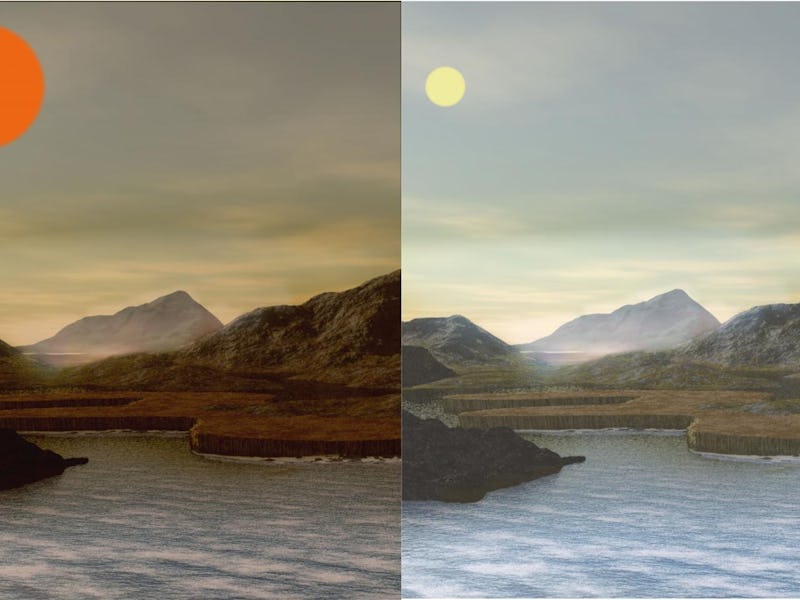New Hypothesis Could be a Game-Changer in Search for Alien Life

The chances we ever find another planet just like Earth are incredibly small, but that doesn’t mean other worlds aren’t habitable for life. The more we learn about what it takes for life to evolve, the more likely it seems that other planets possess the right ingredients to foster a habitable environment. It’s just a matter of actually proving whether an exoplanet has those qualities.
This has generally been a difficult thing to demonstrate for planets around red dwarf stars — one of the most abundant types of stars in the universe, which scientists increasingly believe have the potential to develop and sustain habitable planets in their systems.
Astrobiology researchers based at Japan’s National Institutes of Natural Science hypothesize that it’s possible to observe processes like photosynthesis — a sure sign of plants and thus life in general — on exoplanets orbiting dwarf stars. The key is detecting something called “red-edge” — a biosignature where the surface reflects a pattern that’s indicative of vegetation. Because photosynthetic processes absorb red light, scientists can pinpoint the red-edge effect on Earth occurring through observations between the red and infrared (IR) wavelengths.
In a study published last month in Scientific Reports, the Japanese team suggests observing red-edge on exoplanets orbiting red dwarf stars might simply require the same approach. Planets orbiting red dwarfs would probably utilize IR light over visible light, so the observed red-edge would probably shift a bit to a longer wavelength.
This also means that the red-edge scientists would look for would primarily account for aquatic vegetation. Land plants need visible light to grow and evolve — so masses of vegetation growing in exoplanets around red dwarfs would probably be localized to the ocean.
The nature of many red dwarf stars might throw a snag into that plan — some of them aren’t as stable as we might hope, and could be spewing off higher degrees of radiation than is healthy forl.
Still, it’s an interesting new idea for how we might be able to finally determine whether alien life forms exist. All that matters is building the instruments necessary to measure between visible light and IR — which is much easier said than done. If scientists manage to get those kinds of telescopes up and running, they might be able to determine with potentially habitable worlds are worth more time and effort to actually visit one day.